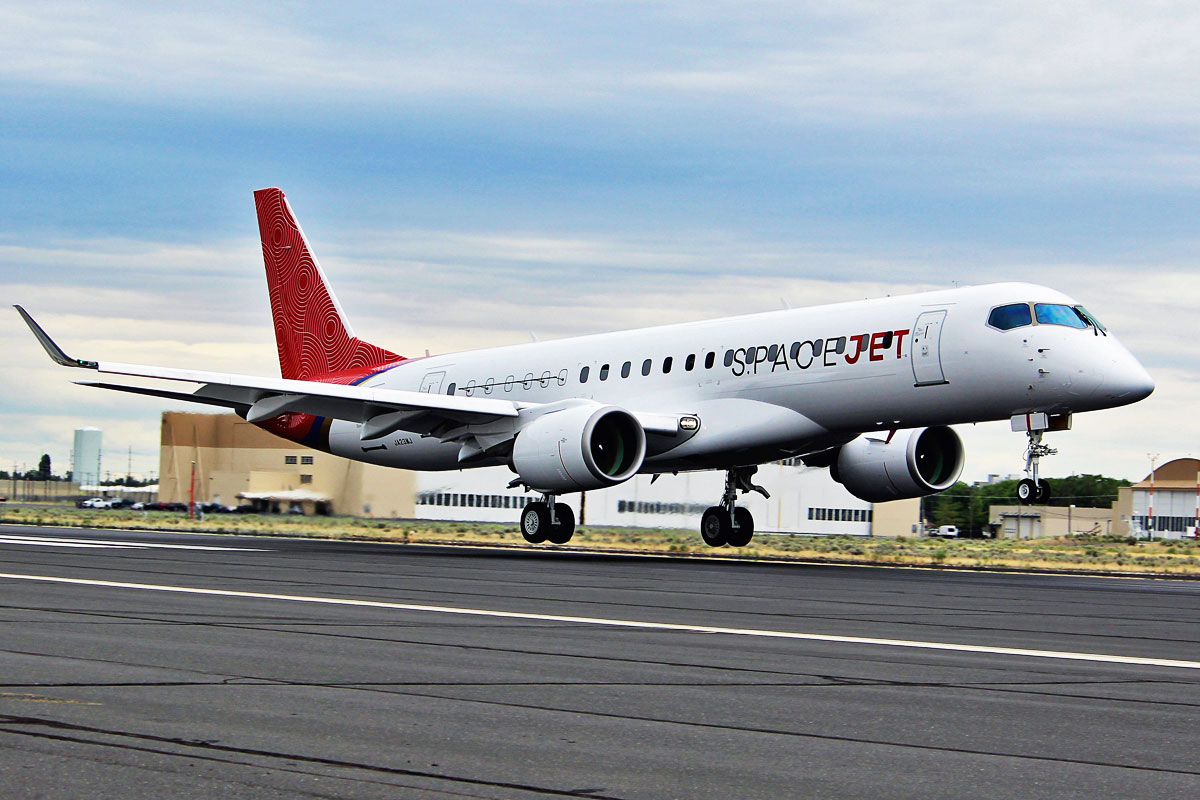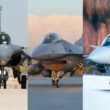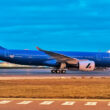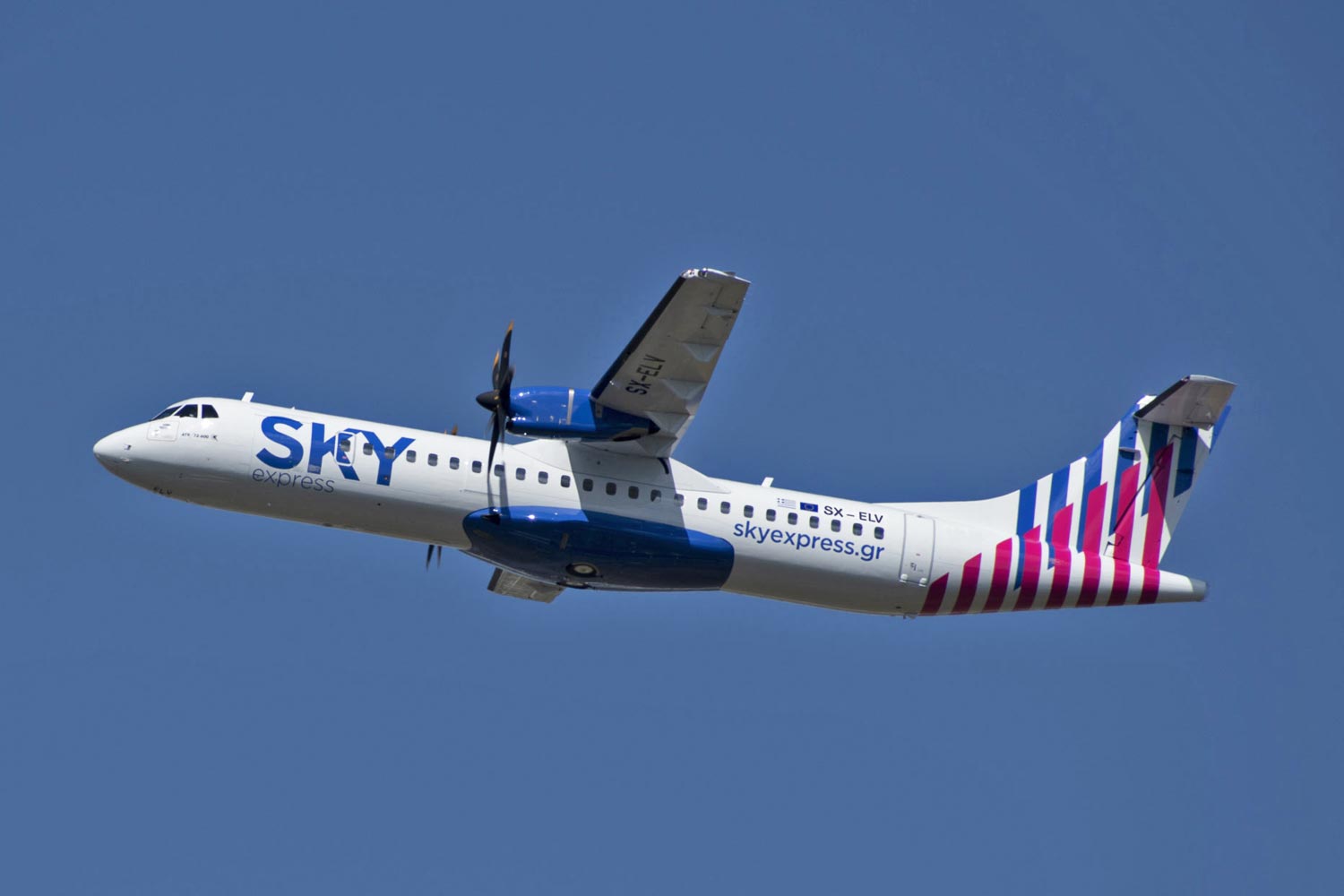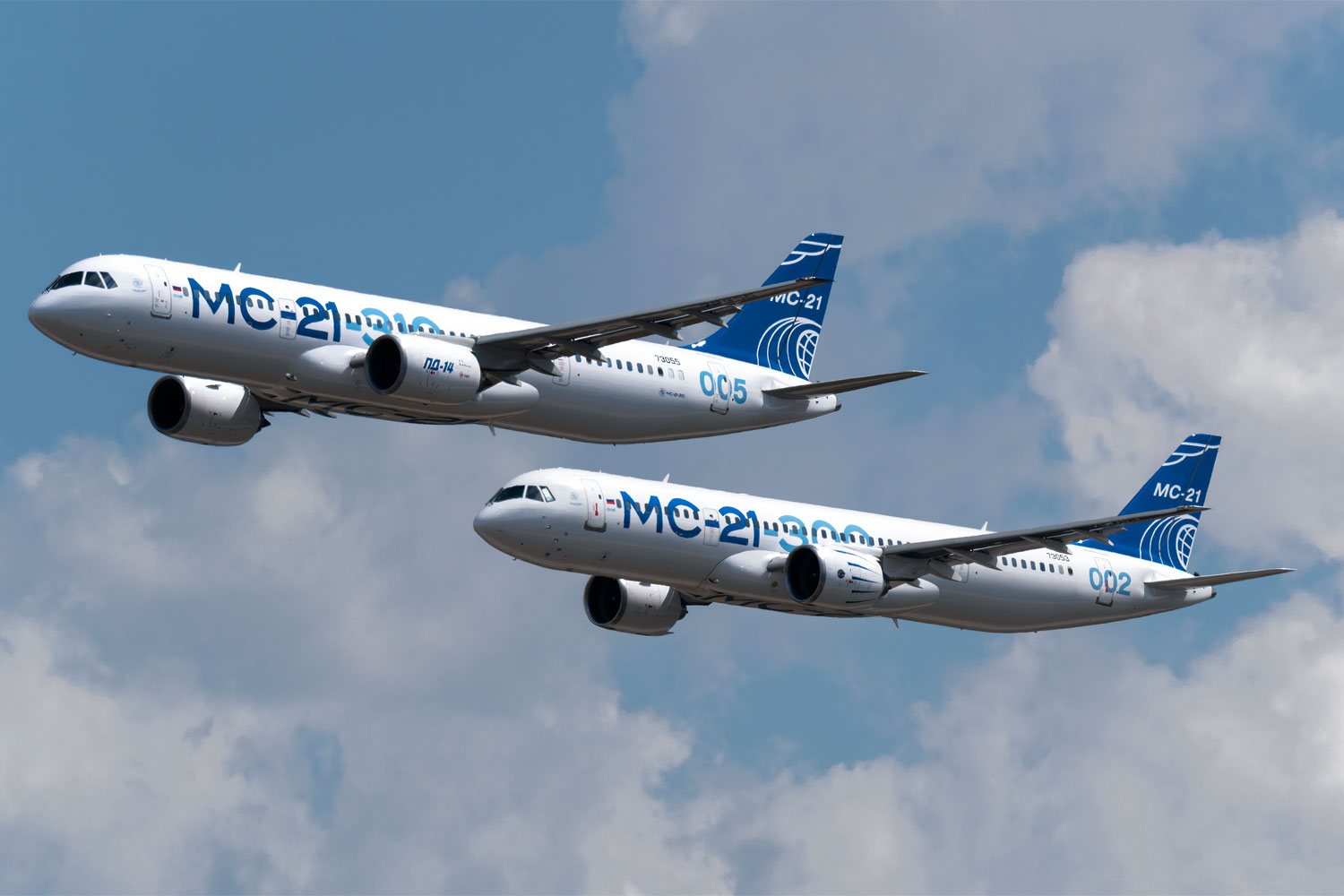The Mitsubishi SpaceJet regional jet had its program ended in February after 15 years and about 1 trillion yen invested, about US$ 7,5 billions.
The Japanese commercial aircraft family promised to be a tough competitor for Embraer’s E2 jets, but Mitsubishi failed to obtain certification from the Federal Aviation Administration (FAA), even moving several prototypes to the US.
Now, the project will be scrutinized by Japan’s Ministry of Economy, Trade and Industry. The Asian country’s government wants to understand why Mitsubishi failed to complete development of the M90 and M100 models.
One of the main reasons for the outrage is that the ministry itself invested around 50 billion yen (US$ 376 millions) for research on the “Hinomaru Jet”, as the plane is called in Japan.
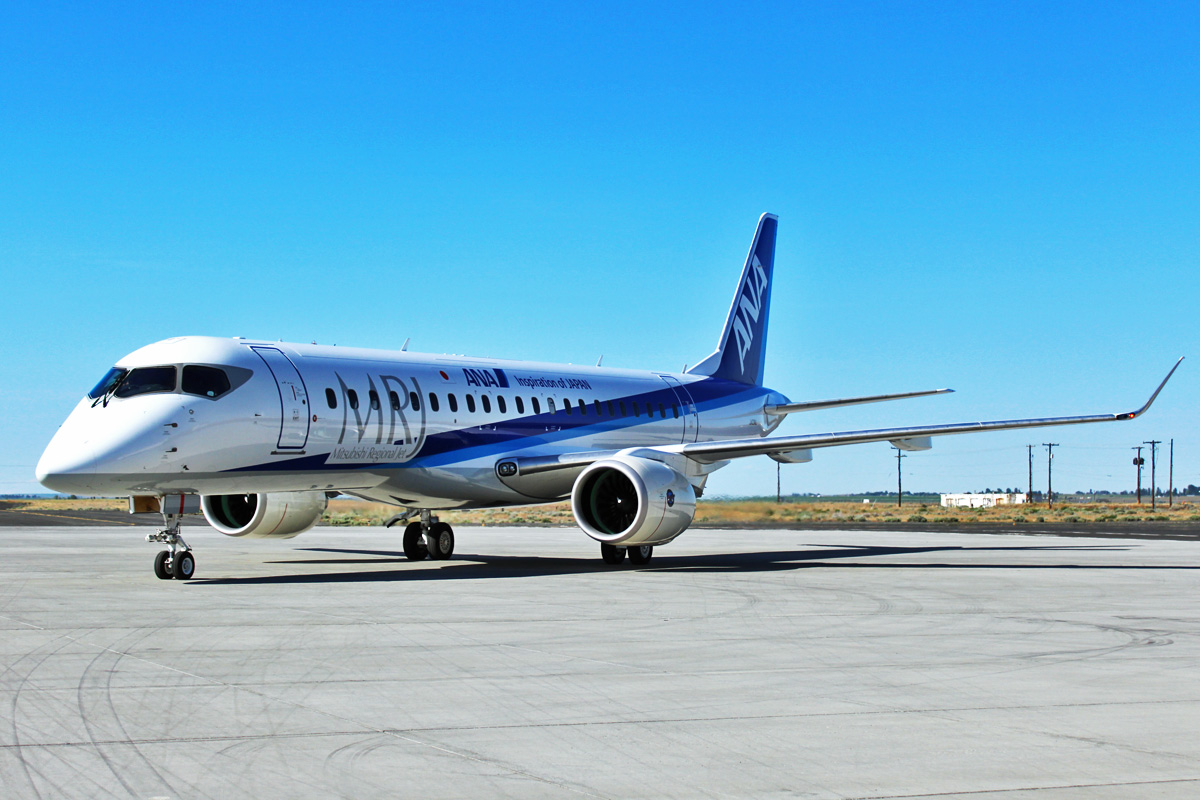
“This is a project that people had high hopes for and we must look back to understand what happened,” said a ministry official told by Japanese media.
The public hearing will bring together members of the government and Mitsubishi and will be attended by experts from abroad. The goal is to produce a report within six months and will serve to “challenge the [Japanese] aviation industry again”.
Large order backlog and promising performance
The SpaceJet was born as Mitsubishi Regional Jet in 2008 and was an attempt by Japan to return to being a protagonist in the air travel market.
Follow ADN: Instagram | Twitter | Facebook
Despite having a cutting-edge industry and financial resources, the country has been a mere supporting player in the aerospace industry.
Since the NAMC YS-11 turboprop, which was produced between 1962 and 1974, Japan has not had a genuine domestically developed commercial aircraft.
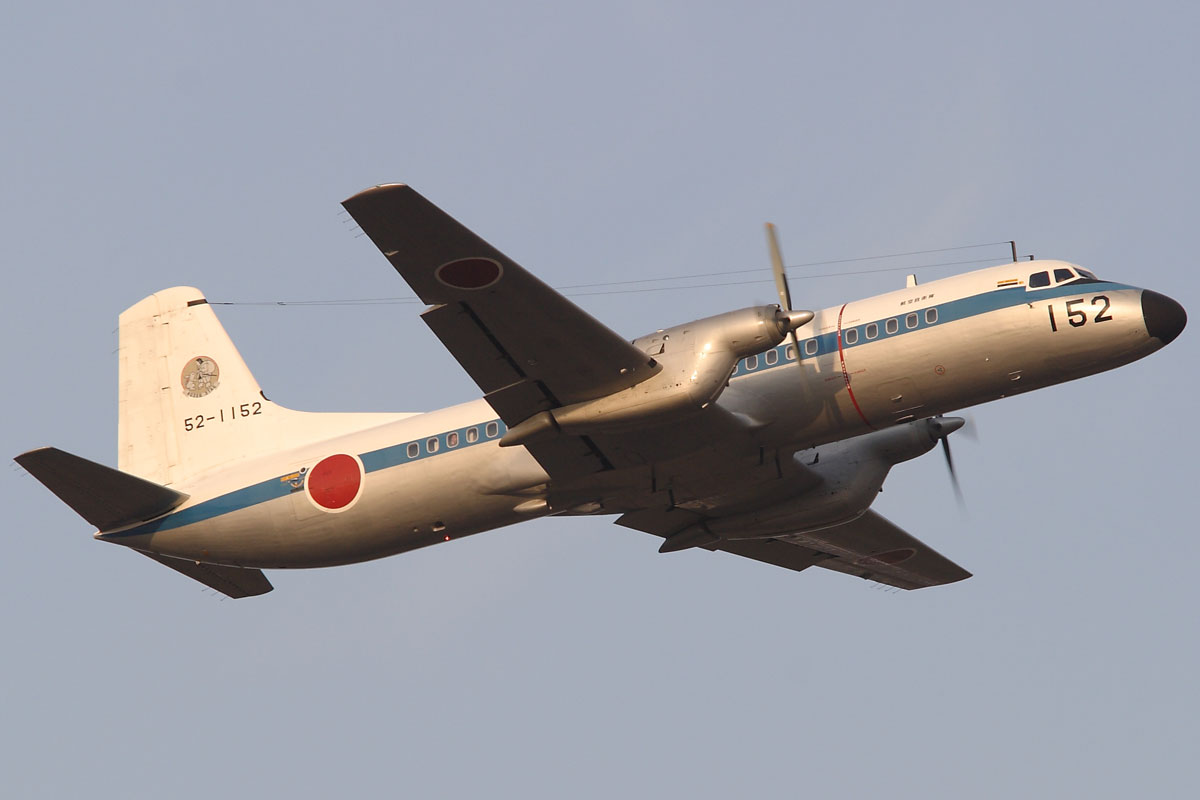
SpaceJet, however, looked to be an end to that long hiatus, thanks to good initial order volume that included major carriers All Nippon Airways and Japan Airlines, but has US regionals.
The aircraft also showed good technical characteristics, with an cabin space superior to that of Embraer’s E-Jets, use of geared turbofan engines and a great range, of 3,770 km in the M90 model.
But Mitsubishi acknowledged that it underestimated the difficulties of the certification program. Although it has completed seven test aircraft and invested in a development base in Moses Lake, USA, the company has not been able to make sufficient progress in this regard.
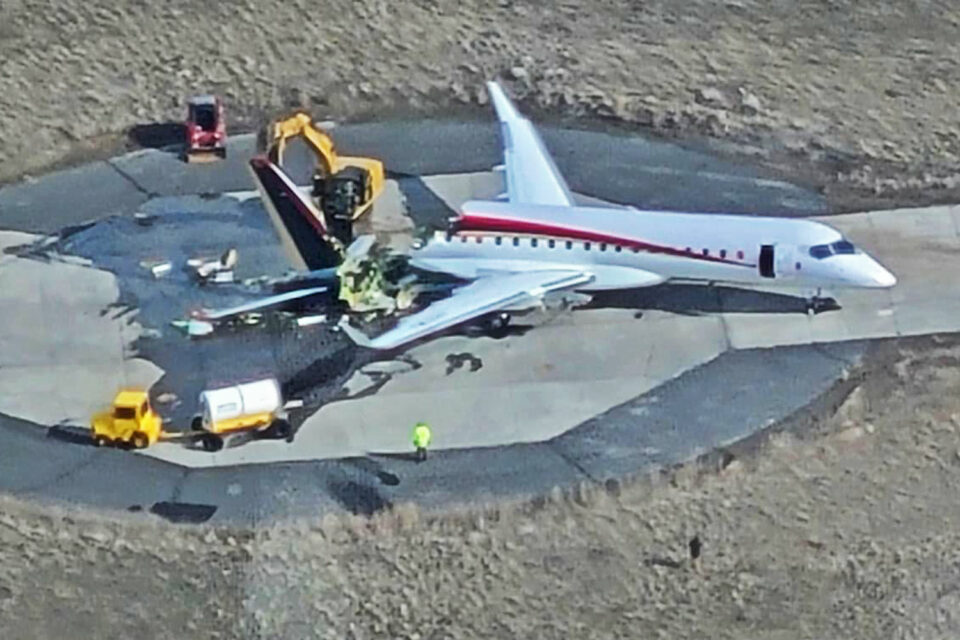
Like Embraer, the Japanese manufacturer made a mistake by proposing a variant that could only be sold if there were changes in the scope clause of US airlines, which limit the use of larger jets in affiliated regionals.
The MRJ70 was withdrawn in 2019 to be replaced by the SpaceJet M100, which promised to meet the requirements of flying with up to 76 seats and a maximum takeoff weight of 39,000 kg.
The pandemic and the parent company’s high debt put the SpaceJet program on hold until Mitsubishi decided to end the program in February. Apparently, the story is not over yet if it depends on the Japanese government.

